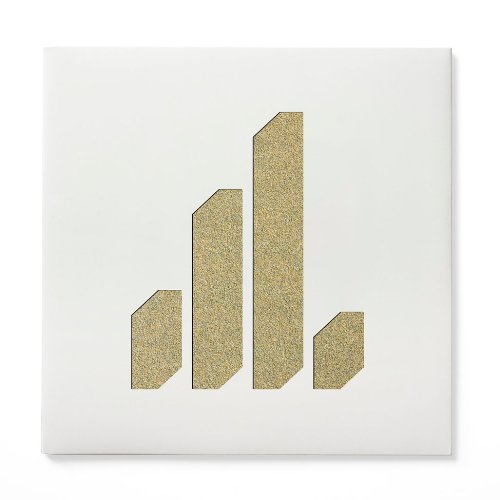The two Joy Division tracks that Martin Hannett produced for the 1978 Factory Sample EP were in the words of Factory biographer James Nice: "a huge leap forward for both band and producer… elevating the raw post-punk power they produced onstage towards pure sonic architecture." The EP also included two tracks by The Durutti Column, but while Hannett’s work on Joy Division’s ‘Digital’ and ‘Glass’ would be the foundation for the band’s sound, an argument with Tony Wilson over Hannett’s treatment of ‘Thin Ice’ and ‘No Communication’ caused the original Durutti Column to split.
Although the band’s founder Vini Reilly would later call those punk-orientated tracks "complete and total rubbish", his partnership with Martin Hannett would be revived in spectacular form on his debut LP, now re-issued by Factory Benelux. "After that first Factory Sample I was so disappointed with how flat and ordinary the music was, as I was trying to write music that was interesting," Reilly has since said of his move into European classical soundspaces.
According to Cargo Studios engineer John Brierley in the sleeve notes to the re-issue: "Someone at Factory decided it would be a good idea to send Vini Reilly in to Cargo with Martin as an experiment." Recorded at the back street studio in August 1979 this "experiment" was to result in one of Factory Records early masterpieces alongside Joy Division’s Unknown Pleasures. Jon Savage has called that LP "a definitive Northern Gothic statement: guilt-ridden, romantic, claustrophobic". As if to offer some light to counter that dark, The Return of the Durutti Column begins with the sound of a bird. "’Sketch for Summer’ was made up in the studio because Martin managed to get these bird noises on the synthesiser," Reilly recalled. The track remains one of the pair’s most majestic pieces with Reilly’s distinctive classical guitar arpeggios suspended in space by Hannett’s electronic trickery.
"Martin arrived with these great big black cardboard fronted machines, synthesizers," Tony Wilson said of the sessions. "For two days Martin did nothing but create strange rhythm/noise tracks. Occasionally Vini would strap on the guitar and play some notes onto the tracks. But it was hard to get Martin to notice as he pored over the primitive electronics." John Brierely expands on this in the sleeve notes: "Occasionally Vini would come in to listen to playbacks and then back into the studio but he got to feedback from Martin as to whether what he was playing was good, bad or indifferent. Martin was far too engrossed in his Time Modulators or AMS Digital (Delay) units."
The delay and reverb Hannett had used to such stunning effect on Unknown Pleasures created space and warmth for Reilly’s ambient leanings. "Maybe the punks will sneer and think it’s hippy noodling," said Max Bell from the NME at the time. But the spontaneity and free experimentation of a track like ‘Conduct’ deserves its place in the post punk canon alongside PiL’s ‘Poptones’. Released with a sandpaper insert (in tribute to the original Situationist inspired sleeve) and a bonus of Hannett’s experimental Testcard 7", this is pretty much essential.


